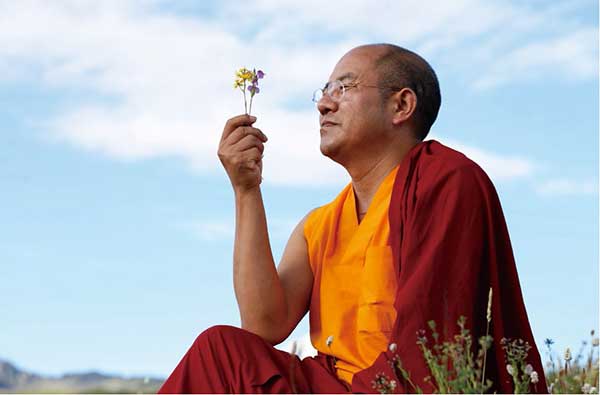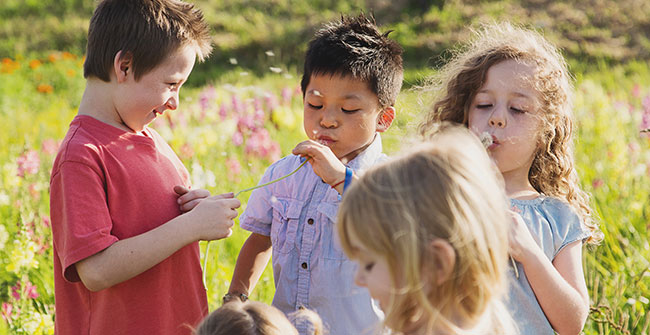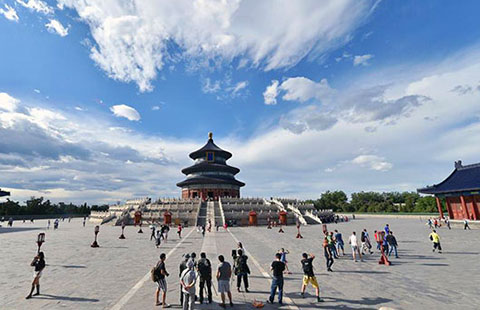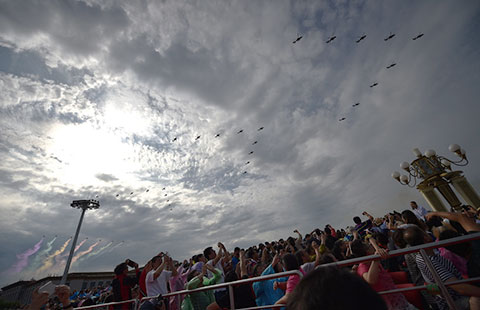Religious worshippers are getting younger
By XU WEI (China Daily) Updated: 2015-07-09 07:17
 |
|
A Tibetan Buddhist scholar .[Photo provided to China Daily] |
The research showed that the clergy generally have incomes far lower than the local average, which is quite different from the public perception that religious venues can generate lots of revenue through donations.
The average monthly allowance for clergy in religious venues was only 506 yuan ($81), according to the report. The situation is even worse for Buddhist monks, who have an average allowance of 397 yuan per month.
The clergy's income mainly comes from donations, admissions, and allowances from the local governments, the policies of which vary from place to place.
The report also shows that 41 percent of religious venues have not purchased pension insurance for their clergy, and 26 percent of the venues have not purchased medical insurance.
Buddhism remained the religion with the strongest influence in China, and it recorded the largest average yearly donation of 41,000 yuan for each temple, according to the report.
It is also the religion that places the strongest emphasis on using the Internet to reach out to followers, with 14 percent of Buddhist temples having resorted to the Internet.
In one particular case, Venerable Master Xuecheng, president of the Buddhist Association of China, has maintained the habit of interacting with followers on his Sina Weibo account for more than five years.
"Quite surprisingly, more than 11 percent of Taoist temples have conducted international exchanges, the highest ratio among the five religions," he said.
"It indicated that Taoist philosophies are being increasingly studied in the world, and foreigners are increasingly willing to come to China to learn more about the religion," he said.
- Delegation salutes Tibet anniversary
- Officials are told to act as anti-graft watchdogs
- Great Wall safeguarded in united action
- Vice minister pledges more efforts to improve air quality
- Beijing’s efforts to control air pollution start to pay off
- China's military committed to reform
- Netizens rip singer over baby photos
- Central govt's growing support for Tibet
- Monument to be built on Tianjin blast site
- China and Russia seal raft of energy deals







